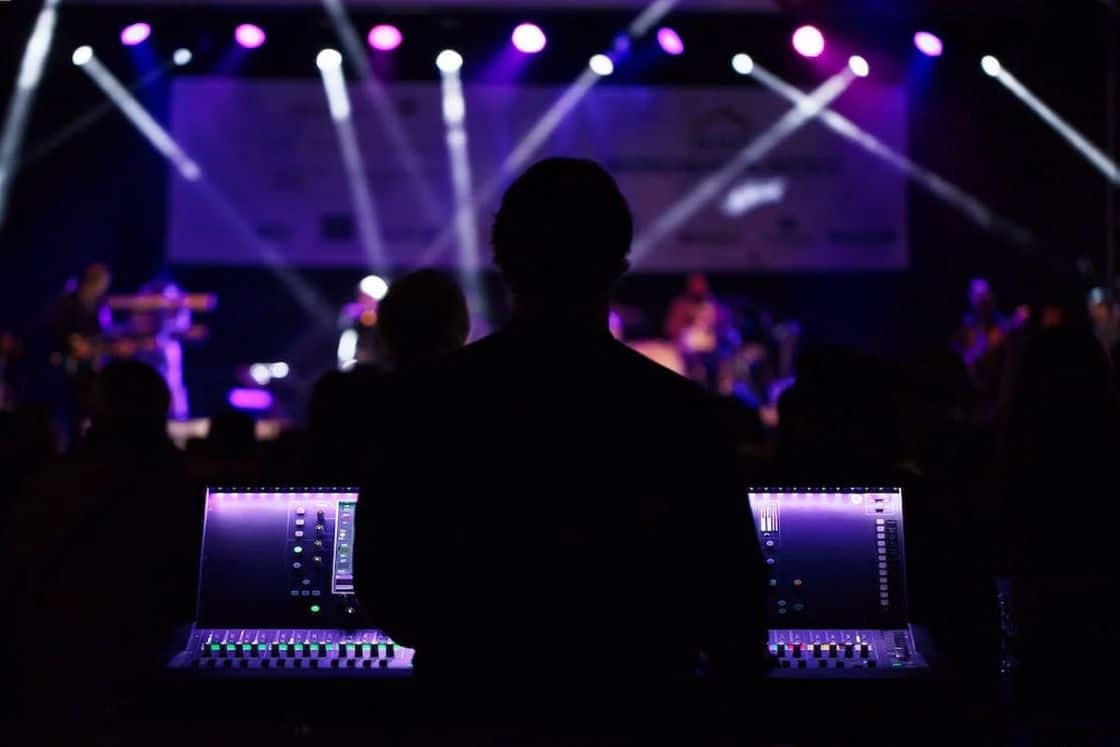Transforming Spectator Engagement Via Immersive VR Experiences in Real-time Performances
Transforming Spectator Engagement Via Immersive VR Experiences in Real-time Performances
Blog Article
In the past years, digital VR has become a potent instrument for enhancing audience engagement in live performances. This innovation allows viewers to immerse themselves in a 3D setting, crafting a unique encounter that conventional formats cannot easily duplicate. Through using VR, creators can move viewers into the core of the action, causing them sense as if they are integral of the show. This groundbreaking method not only enchants audiences but also opens up new possibilities for narrative and engagement.
A of the key benefits of using VR in live productions is the ability to forge a more engaging encounter. Audiences can interact with the show in real-time, influencing the outcome or exploring different viewpoints. For example, in a stage show, audiences wearing VR headsets can choose to follow specific roles or segments, enabling them to customize their encounter. This level of interactivity fosters a deeper connection between the audience and the show, rendering it even unforgettable and significant.
Additionally, VR tools can improve the sight and sound elements of a live performance. With high-quality graphics and sound engineering, creators can create stunning settings that attract audiences in. This engaging quality can elevate the overall experience, making it even more engaging and enjoyable. For instance, a concert special effects for concerts can be transformed into a rich encounter, where audience members experience as if they are standing in front with the performers. Such improvements not only attract larger audiences but also encourage repeat attendance, as viewers look to re-experience the thrill.
Alongside enhancing viewer engagement, VR can also offer valuable data for creators. Through examining how audiences engage with the digital setting, creators can gather data on audience preferences and behaviors. This information can inform future productions, helping to tailor content to more effectively satisfy the needs and desires of the audience. As a result, VR not only enriches the present encounter but also adds to the evolution of live performances as a complete entity.
As the technology continues to advance, the potential for VR in live performances is immense. Ranging from theater and concerts to sports events and celebrations, the opportunities are limitless. Through adopting this cutting-edge approach, producers can revolutionize the way audiences experience live entertainment. With an increasing number of producers investigate the integration of VR, it is likely that we will see a shift in how performances are crafted and presented, eventually resulting to a greater immersive and interactive future for live performances.